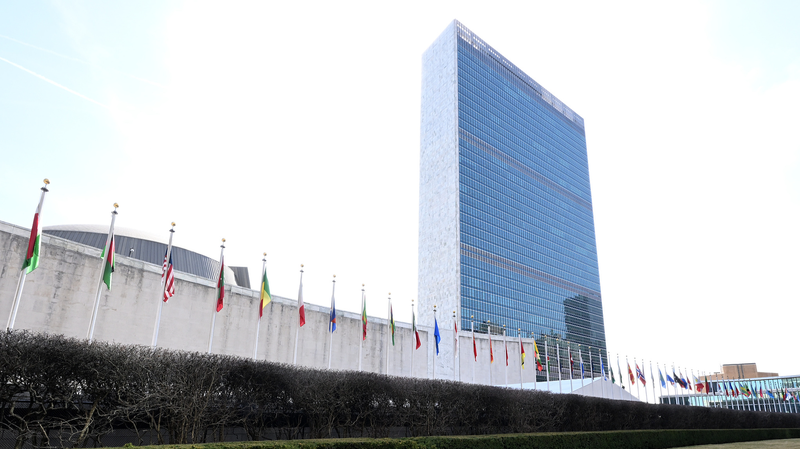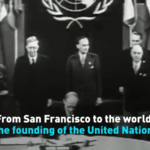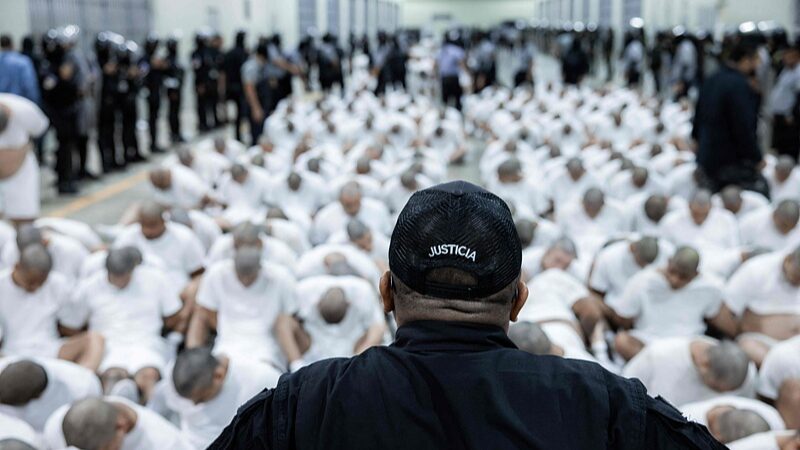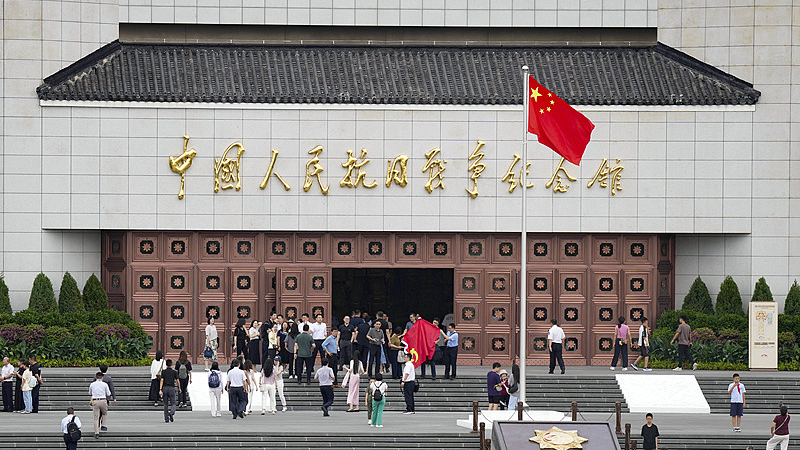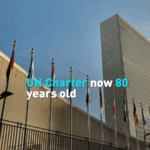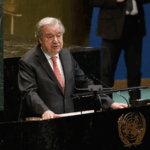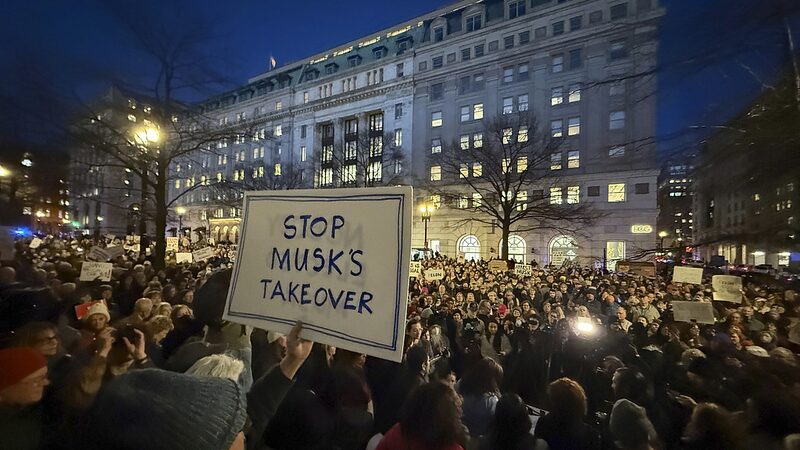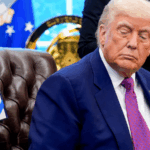From the ashes of WWII rose institutions that redefined global teamwork—but can today’s world keep the spirit alive? Let’s unpack how the UN, WHO, and WTO are tackling 21st-century curveballs. 🔍
The UN Charter, born in 1945, became the ultimate group project: countries agreeing to ‘work it out’ through diplomacy, not destruction. Fast-forward 80 years, and its agencies still battle pandemics (shoutout to WHO 🩺) and mediate conflicts—even as new power dynamics shake the table.
Take the WTO. Once the referee of global trade, it’s now caught in a tug-of-war between superpowers. When the U.S. blocked judge appointments in 2018, China and the EU teamed up like Avengers 🦸♂️🦸♀️ to save its dispute system. Plot twist: Beijing’s now pushing for reforms on everything from farm subsidies to TikTok-era digital rules while championing developing nations.
“These institutions aren’t museums,” says one Geneva-based analyst. “They’re living ecosystems—evolving or dying.” 🌱 Whether coordinating COVID vaccines or untangling trade wars, the big question remains: Can this 1945 playbook handle 2024’s chaos?
Reference(s):
Post-war institutions in a new era: Resilience and rebalancing
cgtn.com
